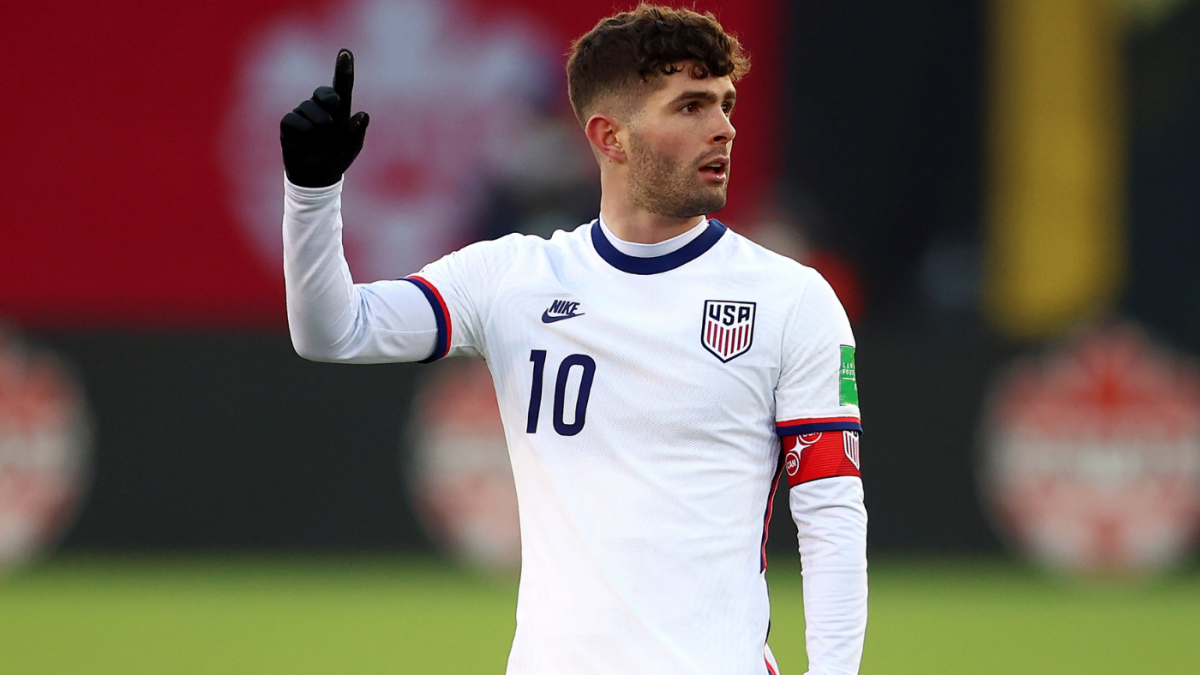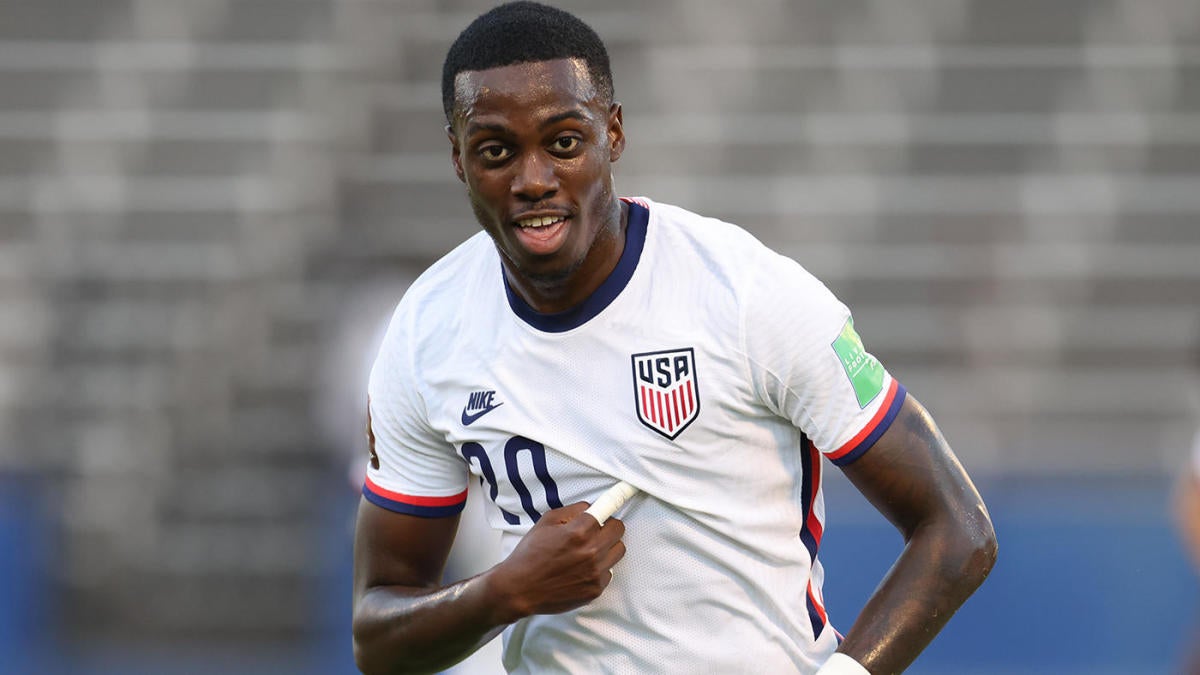Why the USMNT need a Plan B on offense with attack struggling in World Cup qualifying
Written by ABC AUDIO ALL RIGHTS RESERVED on February 2, 2022

One of Gregg Berhalter’s post-match comments after Sunday’s ‘Deux a zero’ loss to Canada stuck out. “It’s hard for me to remember a performance away from home this dominant without getting a result. So the result hurts. The performance doesn’t hurt. I’m proud of the guys proud of the way they competed,” Berhalter said after the United States Men’s National Team fell, 2-0, in Ontario.
Proud of the way the team registered three shots on target in a game there for the taking? Proud of distribution errors leading to both Canadian goals? Proud of not adjusting to find a way to get your striker more than 29 touches in 69 minutes? The defense did a pretty good job limiting Canada’s attacking chances but the offensive gameplan wasn’t good enough.
Speaking before facing Honduras on Wednesday in a home game the USMNT are heavily favored to win, Berhalter doubled down on being happy with the performance.
The United States wouldn’t be sitting where they are in qualification (second place in Concacaf with 18 points in 10 matches) without their solid defense, which Berhalter does deserve credit for. But the match against Canada showed flaws at the attacking end of the pitch, where the United States needs to improve.
Considering that this team was able to defeat Mexico without Gio Reyna and Christian Pulisic, it’s fair to expect the team to have a more expansive attack with Pulisic on the pitch. But through two matches vs. El Salvador and Canada, they have only scored one goal.
“It’s just two games that we struggled a bit, and that’s football,” midfielder Weston McKennie said. “And It’s very unpredictable and whenever you have teams that that sit back and play a low block and have six guys on a line at a time, it’s very hard to break it down.”
With quick passing, exploiting space, and taking advantage of chances, Berhalter-ball can be great when facing teams that attack you directly or if you have better talent than the opposition. But this is the United States men’s national team, not Manchester City.
At the moment they aren’t good enough to dictate every game on their terms, which means they need to get physical. If Canada punches them, they should hit back harder. It’s why the United States’ identity was more of a hard-nosed soccer style in the past as, especially in the international game, it can be hard to play a more free-flowing game because the players don’t get much time together.
Some of these issues will be resolved when Reyna returns to the fold in March as his direct style of play suits breaking down teams that sit deep, but the team can’t be based on one player. With Tyler Adams out for the Honduras match and Walker Zimmerman’s availability dependent on how he responds in training, Honduras’ Alberth Eliz and Romell Quioto could cause the United States trouble with an early goal.
If Berhalter doesn’t have a counter-punch to another low block, the team will be in the same situation as the first two matches during this window. Plan B might be needed. If that doesn’t come, what was a comfortable path to the World Cup becomes a rocky one.
The post Why the USMNT need a Plan B on offense with attack struggling in World Cup qualifying first appeared on CBS Sports.



